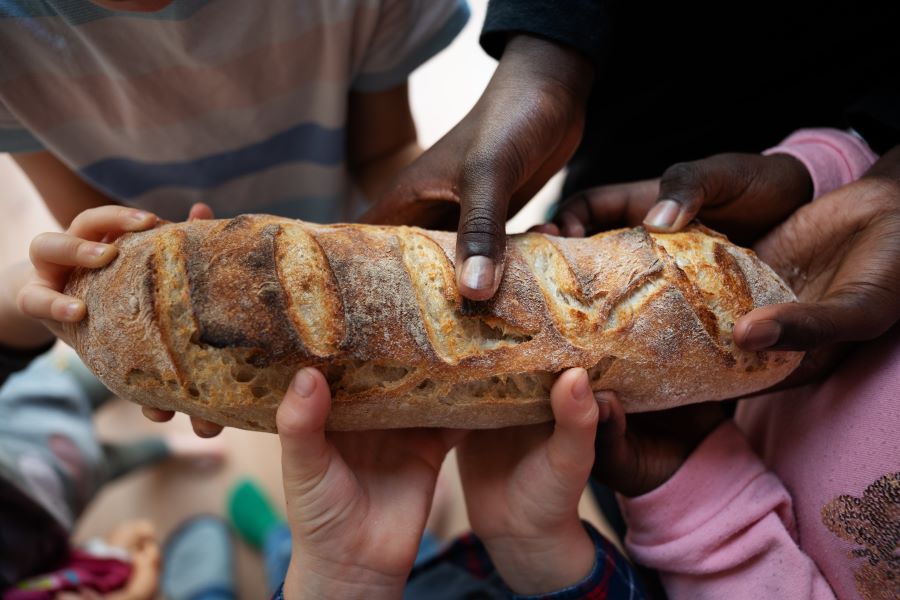
- Industry news
Industry news
- Category news
- Reports
- Key trends
- Multimedia
Multimedia
- Journal
- Events
- Suppliers
Suppliers
- Home
- Industry news
Industry news
- Category news
- Reports
- Key trends
- Multimedia
Multimedia
- Events
- Suppliers
Suppliers
Research cautions that poverty lines fail to account for healthy diet costs

The World Bank estimates that 712 million people lived in extreme poverty in 2022 based on its poverty threshold of US$2.15 daily income.
However, the German team argues a larger share of the global population lives in poverty, when adding in costs for nutritious foods and non-food expenses. They say the World Bank benchmark does not capture all costs for a healthy lifestyle and thus does not address the affordability of healthy diets and active lives needed for long-term health.
Meanwhile, the Societal Poverty Line (SPL) combines absolute and relative poverty, addressing basic survival needs and social participation. It considers individuals as poor if they earn less than US$1.15 per day (based on the country’s standard of living) and 50% of the median income in a country.
However, the German researchers say SPL is insufficient to maintain long-term health, as it may not cover essential micronutrient-rich foods like fruits, vegetables, and animal-source products and only allows for minimal diet diversity.
Billions living in poverty
The study, published in Food Policy, proposes poverty lines that would classify 2.3 to 2.9 billion people, or 30% to 38% of the global population, as impoverished. The researchers flag that these figures are higher than those of the international and social poverty lines.
“Despite significant progress in reducing extreme poverty over recent decades, a large number of people continue to face food insecurity and malnutrition. Achieving the UN Sustainable Development Goal Zero Hunger requires ensuring access to sufficient and nutritious food for all.”
Researchers say current poverty lines overlook the cost of healthy diets, meaning billions more people may be living in poverty than global estimates suggest.“We propose a target for monitoring economic access to nutritious food. While an adequate quantity of food suffices for short-term survival, long-term health depends on the quality of that food, as reflected in healthy diets. It is therefore critical to incorporate evolving nutritional standards into poverty measurements, expanding them to include those who lack the financial means to obtain recommended diets,” reads the paper.
Measuring poverty, healthy diet, and income
The researchers propose three formulas to inform poverty limits, which take the cost of healthy diets into account. The first “healthy-diet poverty line” (HPL) 1 considers healthy diet costs, demographic scaling factors, and food expenses.
HPL 2 estimates non-food expenses based on societal poverty lines and adds them to minimum food costs.
HPL 3 includes non-food expenses based on national poverty lines.
According to the research, the leading cause of the disparities in poverty and income gaps is that impoverished countries have higher poverty thresholds. In contrast, wealthier countries have lower poverty lines.
Nutrition quality and diversity
In another public nutrition inquiry, Nutrition Insight explored the role of diverse diets, speaking to the UN FAO and UNICEF, who have adopted a new indicator to measure minimum dietary diversity as part of its framework to end hunger, achieve food security, and improve nutrition and sustainable agriculture.
UNESCO also spoke to us about the importance of nutritional quality, which often gets overlooked in school meals for children.
Amid global cuts to humanitarian aid, the recent Nutrition for Growth Summit in Paris, France, raised a total of US$27.55 billion to combat malnutrition.











